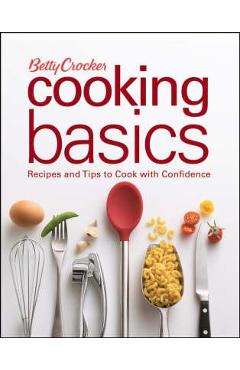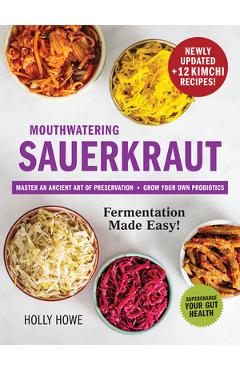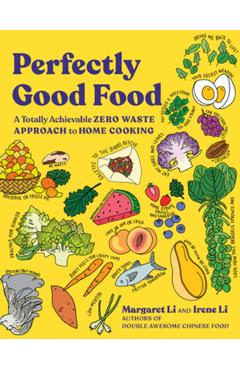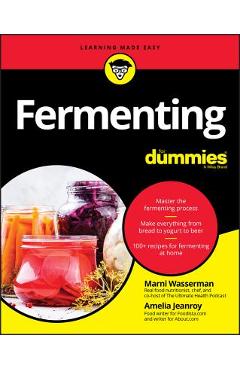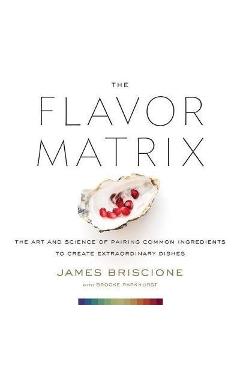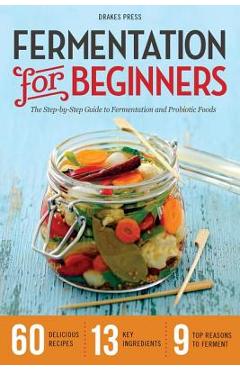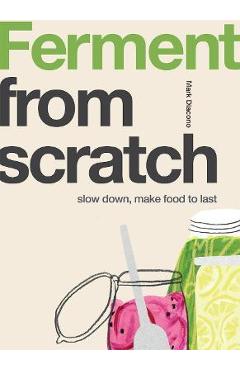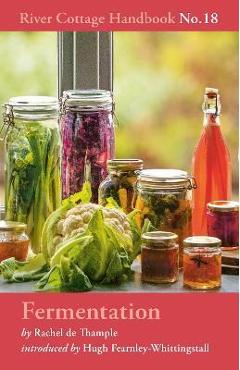Making Koji by Fermentation with Aspergillus Oryzae and Applications: Simplest but Most Advanced Methods
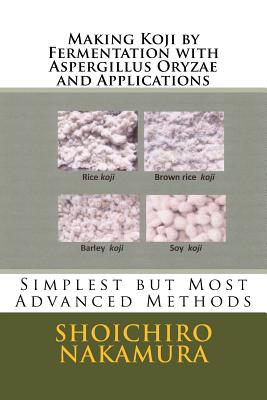
Making Koji by Fermentation with Aspergillus Oryzae and Applications: Simplest but Most Advanced Methods
Rice koji is steamed rice in which a filamentous koji mold is grown. The theoretical name of the mold is Aspergillus Oryzae. The spores of the mold is called koji-kin or koji-spore. Koji has several magical enzymes. Koji is important not only in making sake but also to make soy sauce, miso, amazake (sweet rice drink), mirin (sweet sake), koji pickles, shio-koji (or salt-koji) and shoyu-koji. Indeed, koji is the foundation of Japanese foods. The important role of koji in making sake is that it converts starch of rice to glucose and maltose, which are normally called simply sugar. This conversion is by the work of amylase which is an enzyme secreted by koji. In making sake, the sugar is then converted to alcohol by yeast. In producing miso and soy sauce, amylase and another enzyme called peptidase in koji decompose protein. Rice is not the only grain that can grow Aspergillus Oryzae. Almost any grain can be fermented to make koji. For example, wheat, oat, buckwheat and soy beans can be used to make koji. However, rice koji is most widely used, and koji usually refers to rice koji. Koji grown on different grains are called like wheat koji, buckwheat koji or soy koji. Rice koji is available in the market but it is rather expensive, while if you make DIY the cost is about one tenth of the price you pay in the market. This book teaches the most advanced method of making koji that is far simpler than traditional ways taught in the internet yet the chance of failure is minimal.
PRP: 103.85 Lei
Acesta este Pretul Recomandat de Producator. Pretul de vanzare al produsului este afisat mai jos.
93.47Lei
93.47Lei
103.85 LeiLivrare in 2-4 saptamani
Descrierea produsului
Rice koji is steamed rice in which a filamentous koji mold is grown. The theoretical name of the mold is Aspergillus Oryzae. The spores of the mold is called koji-kin or koji-spore. Koji has several magical enzymes. Koji is important not only in making sake but also to make soy sauce, miso, amazake (sweet rice drink), mirin (sweet sake), koji pickles, shio-koji (or salt-koji) and shoyu-koji. Indeed, koji is the foundation of Japanese foods. The important role of koji in making sake is that it converts starch of rice to glucose and maltose, which are normally called simply sugar. This conversion is by the work of amylase which is an enzyme secreted by koji. In making sake, the sugar is then converted to alcohol by yeast. In producing miso and soy sauce, amylase and another enzyme called peptidase in koji decompose protein. Rice is not the only grain that can grow Aspergillus Oryzae. Almost any grain can be fermented to make koji. For example, wheat, oat, buckwheat and soy beans can be used to make koji. However, rice koji is most widely used, and koji usually refers to rice koji. Koji grown on different grains are called like wheat koji, buckwheat koji or soy koji. Rice koji is available in the market but it is rather expensive, while if you make DIY the cost is about one tenth of the price you pay in the market. This book teaches the most advanced method of making koji that is far simpler than traditional ways taught in the internet yet the chance of failure is minimal.
Detaliile produsului











